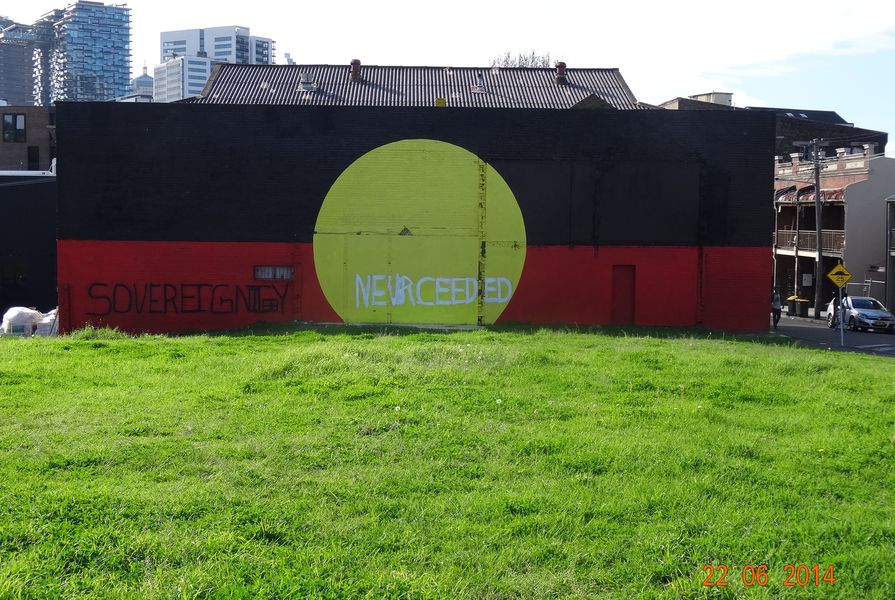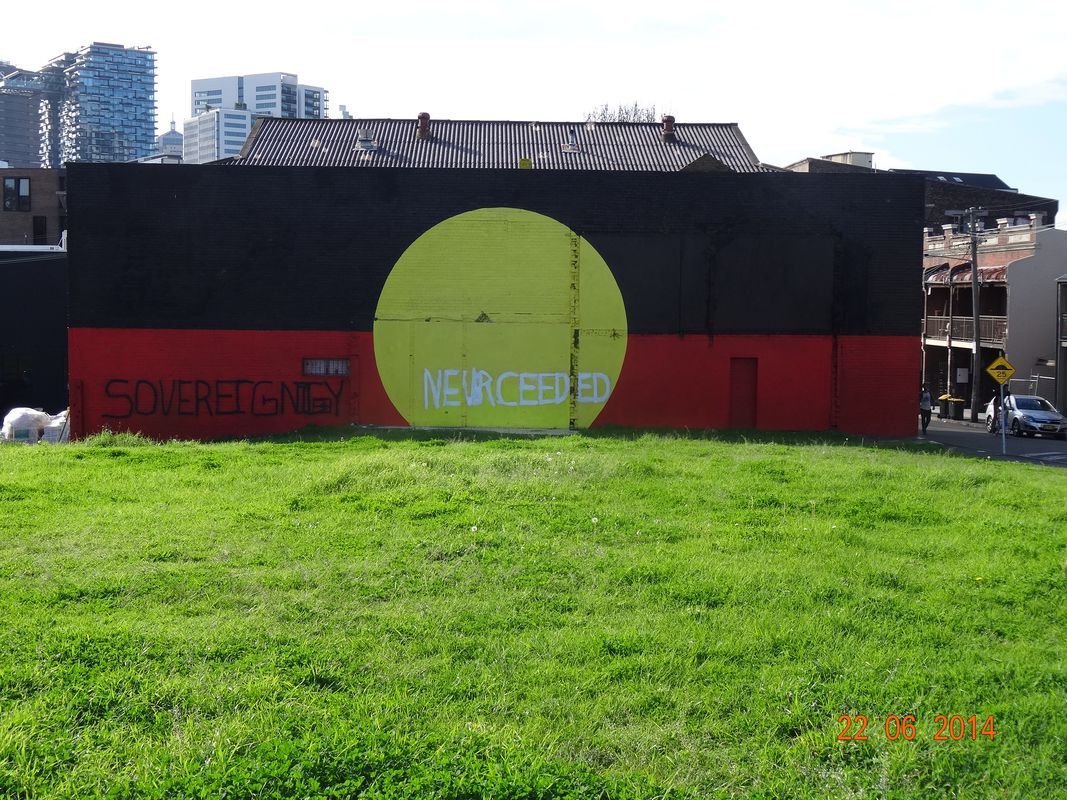For the first time in the history of planning legislation in Australia, a law has been passed that requires the land use and environmental planning system to value, protect and promote Aboriginal and Torres Strait Islander peoples’ knowledge, culture and tradition. The clause, contained within the Queensland state government’s Planning Act 2016, represents a historic first. Up until now, no planning legislation anywhere around Australia has required planning agencies to take account of Aboriginal and Torres Strait Islander peoples’ rights and interests; not even as a consequence of the Commonwealth’s Native Title Act 1993.
Specifically, the new Planning Act provides that any entity performing a function under the Act must perform the function in a way that advances the purpose of the Act, and one of the purposes of advancing the Act is to value, protect and promote Aboriginal and Torres Strait Islander knowledge, culture and tradition.
The inclusion of this provision in the Act came about because my colleague at James Cook University, Dr Sharon Harwood had the courage and conviction to suggest it in one of her many submissions to the Queensland government in the context of its review of the planning statute in 2015.
The beauty of this provision is that it does not pivot on a successful native title claim, a statutory land rights grant or transfer, a heritage listing or the recognition of a site of significance. The provision operates on the principle that any entity performing a function under the Act must show that they are performing it in a way that values, protects and promotes Aboriginal and Torres Strait Islander knowledge, culture and tradition.
The inclusion of this provision is a very welcome development in the history of planning law in Australia. Queensland has set the bar now for the other jurisdictions to follow suit, but the onus is also on Queensland to implement this provision with the sensitivity and commitment that it rightly deserves.
This is not about lip service or tokenism anymore. It is about developing an understanding of the intrinsic nature of land to Indigenous culture and wellbeing, and about how we can learn to better manage our interactions with land and water from the Indigenous people who have lived here, and continue to live here, sustainably over thousands of years and even more generations.
Of course, it raises several questions as to how this requirement can be effectively carried out. For example:
- What constitutes “Aboriginal and Torres Strait Islander knowledge, culture and tradition”?
- Who holds the appropriate information about “Aboriginal and Torres Strait Islander knowledge, culture and tradition”?
- How can entities operating under planning statutes go about accessing the necessary information about “Aboriginal and Torres Strait Islander knowledge, culture and tradition” so that their actions can value, protect and promote them?
- How can “valuing, protecting and promoting Aboriginal and Torres Strait Islander knowledge, culture and tradition” be factored into planning functions under statutory planning instruments such as state planning policies, regional plans and local planning schemes?
- What criteria can be applied to ascertaining whether Aboriginal and Torres Strait Islander knowledge, culture and tradition have been appropriately valued, protected and promoted in the particular function or functions being performed under the relevant planning statute.
The answers to these questions will depend largely on the input of the Aboriginal and Torres Strait Islander peoples and communities as “place-owner” of the place that is the subject of the planning activity. Entities preparing planning instruments such as local planning schemes, regional plans or state planning policies, will need to engage with the relevant Aboriginal and Torres Strait Islander peoples in the preparation of the document or instrument right from the very beginning of the process if they are to demonstrate that they have “advanced the purpose of the Act” with respect to “valuing, protecting and promoting Aboriginal and Torres Strait Islander knowledge, culture and tradition.”
If the provision is to make a difference in terms of genuinely valuing, protecting and promoting Aboriginal and Torres Strait Islander knowledge, culture and traditions in land use and environmental planning, then all entities performing functions under the new Act need to take the time to develop a constructive and long-term working relationship with the relevant Aboriginal and Torres Strait Islander peoples and communities. All entities performing functions under the Planning Act need to understand and accept that the information they need in order to satisfy the relevant clause in the Planning Act 2016 (Qld) [s.5(2)(d)] is the province of Aboriginal and Torres Strait Islander peoples – it is not for others to decide what this might comprise or entail.
Based on my experience of working with Aboriginal and Torres Strait Islander peoples over the past twenty years, this requirement in the Planning Act 2016 (Qld) can only be carried out effectively by developing partnerships with Aboriginal and Torres Strait Islander peoples based on mutual respect and understanding.
The Queensland government is to be commended for inserting this provision into its new land use and environmental planning legislation. The challenge will be for other jurisdictions to follow suit when they next review their planning legislation.
And we look forward to working with the Aboriginal and Torres Strait Islander peoples and communities about what this provision in the Planning Act 2016 (Qld) might mean for them and their wellbeing.












